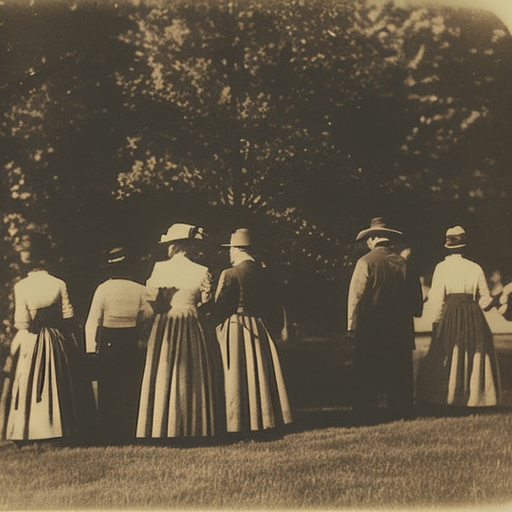The Missouri Compromise (1820)
The Missouri Compromise was a legislative agreement passed by the United States Congress in 1820. It aimed to address the issue of slavery in the western territories of the United States. The compromise was a result of the growing tensions between the Northern and Southern states over the expansion of slavery.
Background
In the early 19th century, the United States was expanding westward, acquiring new territories through various means, including the Louisiana Purchase and the Treaty of Ghent. As new states were admitted to the Union, the question of whether they would allow slavery became a contentious issue.
By 1820, there were 11 free states and 11 slave states in the Union. The balance between the two sides was delicate, and any new state admitted had the potential to tip the scales in favor of one side or the other. This led to heated debates in Congress over the expansion of slavery.
The Compromise
The Missouri Compromise was proposed by Henry Clay, a prominent senator from Kentucky. It consisted of three main provisions:
1. Maine’s admission as a free state: Maine, which had previously been part of Massachusetts, was admitted to the Union as a free state. This was intended to maintain the balance between free and slave states.
2. Missouri’s admission as a slave state: Missouri, a territory acquired from the Louisiana Purchase, was admitted to the Union as a slave state. This was seen as a concession to the Southern states.
3. Prohibition of slavery in the rest of the Louisiana Territory: Slavery was prohibited in all new territories north of the 36°30′ parallel, which was the southern border of Missouri. This line became known as the Mason-Dixon Line.
Impact
The Missouri Compromise temporarily eased tensions between the North and the South, but it did not resolve the underlying issue of slavery. It maintained the balance between free and slave states for the time being, but it also set a precedent for future debates over the expansion of slavery.
The compromise was seen as a victory for both sides. The South gained a new slave state in Missouri, while the North secured the prohibition of slavery in a significant portion of the Louisiana Territory.
However, the Missouri Compromise also deepened the divide between the North and the South. It highlighted the fundamental differences between the two regions and foreshadowed the conflicts that would eventually lead to the American Civil War.
The compromise was not without its critics. Some abolitionists in the North saw it as a betrayal of their cause, as it allowed slavery to expand further into the western territories. Others in the South believed that the prohibition of slavery above the 36°30′ parallel was a violation of their rights.
Repeal
The Missouri Compromise was eventually repealed by the Kansas-Nebraska Act of 1854. This act allowed the residents of the Kansas and Nebraska territories to decide for themselves whether to allow slavery, effectively nullifying the prohibition established by the Missouri Compromise.
The repeal of the Missouri Compromise further intensified the sectional tensions between the North and the South. It led to violent conflicts in Kansas, known as “Bleeding Kansas,” as pro-slavery and anti-slavery settlers fought for control of the territory.
Ultimately, the Missouri Compromise failed to provide a lasting solution to the issue of slavery. It demonstrated the difficulty of finding a compromise that could satisfy both sides and highlighted the irreconcilable differences between the North and the South.












